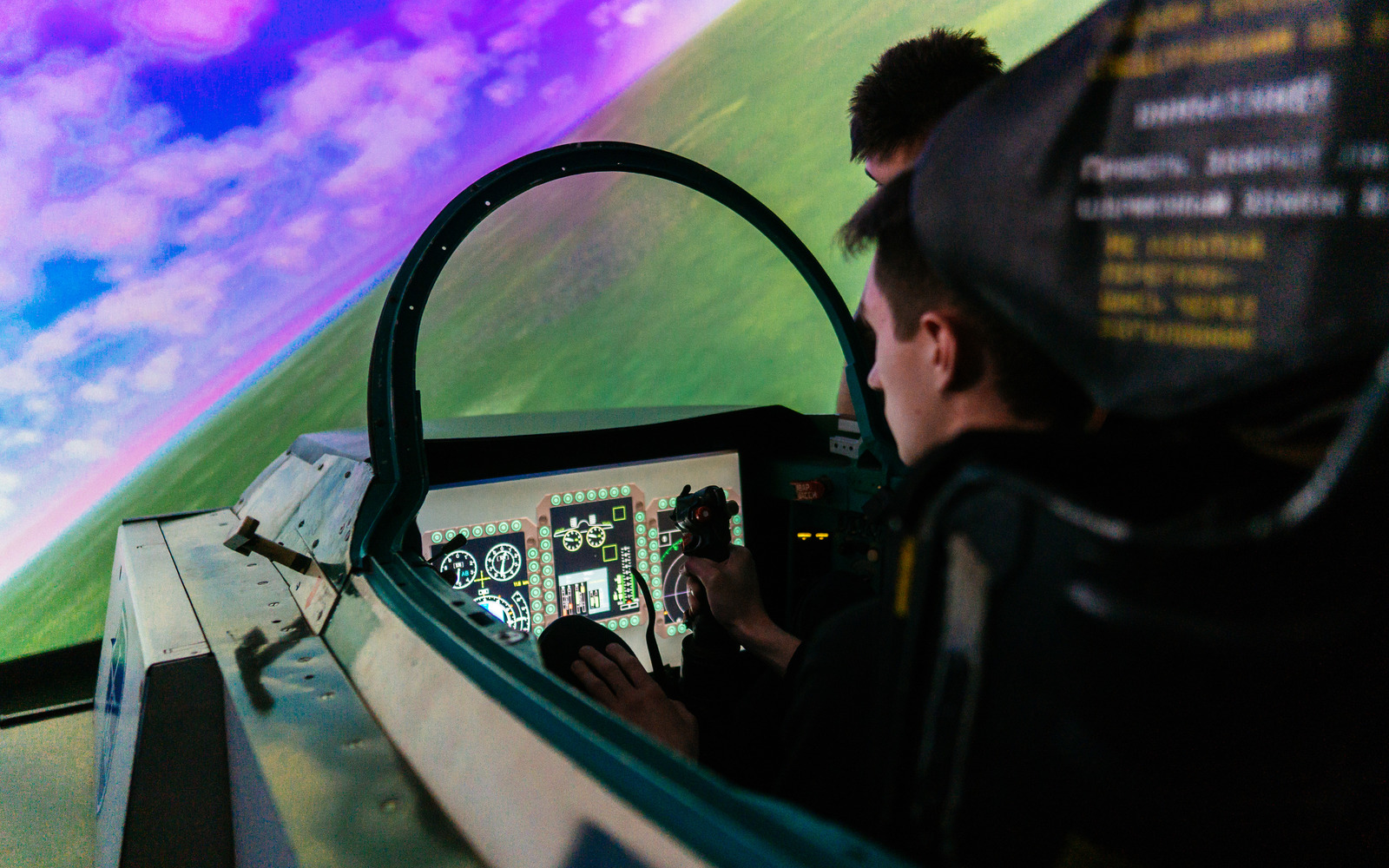MAI Creates a System that Will Reduce the Probability of Aircraft Crashes

 General information about the main causes of flight accidents, the factors that affect the occurrence of accidents, as well as the distribution and frequency of accidents at the stages of the flight (take-off, climb, cruising, descent, approach, landing, departure to the second round, parking) allowed to develop two methods for assessing the development of the emergency risk. The first assesses the risks associated solely with the error of the pilot when all aircraft systems are operating normally. In the second case, risks are assessed with a simultaneous failure of control systems and pilot error.The methodology is based on the relationship between the probability of an emergency and the average pilot's assessment, identified during experiments at the Alferievo airfield of Moscow Aviation Institute. For this, a special Cooper-Harper Pilot Rating scale was used.
General information about the main causes of flight accidents, the factors that affect the occurrence of accidents, as well as the distribution and frequency of accidents at the stages of the flight (take-off, climb, cruising, descent, approach, landing, departure to the second round, parking) allowed to develop two methods for assessing the development of the emergency risk. The first assesses the risks associated solely with the error of the pilot when all aircraft systems are operating normally. In the second case, risks are assessed with a simultaneous failure of control systems and pilot error.The methodology is based on the relationship between the probability of an emergency and the average pilot's assessment, identified during experiments at the Alferievo airfield of Moscow Aviation Institute. For this, a special Cooper-Harper Pilot Rating scale was used. It is believed that in order to improve flight safety, it is necessary to exclude the pilot from active control of the aircraft as much as possible - to turn him into an observer who controls automation. This will reduce the percentage of errors caused by the human factor. However, over the past 25 years, when highly automated passenger aircraft were commissioned, the number of accidents caused by pilot errors has decreased, but the number of accidents caused by automation failures has increased. In addition, the number of accidents caused by the deterioration in the interaction of the pilot with the aircraft increased. That is, the autopilot and the exclusion of the pilot from the flight control loop do not solve the problem of improving flight safety.Even when flying normally, the pilot is extremely overloaded with information. And the main problem is that in case of automation failure or a failure in the control system, the pilot needs from 4 to 6 seconds to adapt to an emergency situation. Every second of delay can aggravate the development of an emergency. Moreover, the need for manual piloting enhances the stressful situation, which can provoke a decrease in control accuracy and the occurrence of irreversible consequences.MAI scientists have developed a promising information display system, which under normal conditions increases the accuracy of piloting and reduces the pilot's workload. And if an emergency occurs, the system will provide quick adaptation of the pilot and compensate the loss of piloting accuracy. In order to help the pilot fly the plane, a display is projected onto the windshield that displays the aircraft's trajectory in the form of a three-dimensional corridor with a forecast window. This allows the pilot to see in advance the state of the aircraft, which it will have after some time. The forecast screen also helps to avoid spatial disorientation of the pilot.
It is believed that in order to improve flight safety, it is necessary to exclude the pilot from active control of the aircraft as much as possible - to turn him into an observer who controls automation. This will reduce the percentage of errors caused by the human factor. However, over the past 25 years, when highly automated passenger aircraft were commissioned, the number of accidents caused by pilot errors has decreased, but the number of accidents caused by automation failures has increased. In addition, the number of accidents caused by the deterioration in the interaction of the pilot with the aircraft increased. That is, the autopilot and the exclusion of the pilot from the flight control loop do not solve the problem of improving flight safety.Even when flying normally, the pilot is extremely overloaded with information. And the main problem is that in case of automation failure or a failure in the control system, the pilot needs from 4 to 6 seconds to adapt to an emergency situation. Every second of delay can aggravate the development of an emergency. Moreover, the need for manual piloting enhances the stressful situation, which can provoke a decrease in control accuracy and the occurrence of irreversible consequences.MAI scientists have developed a promising information display system, which under normal conditions increases the accuracy of piloting and reduces the pilot's workload. And if an emergency occurs, the system will provide quick adaptation of the pilot and compensate the loss of piloting accuracy. In order to help the pilot fly the plane, a display is projected onto the windshield that displays the aircraft's trajectory in the form of a three-dimensional corridor with a forecast window. This allows the pilot to see in advance the state of the aircraft, which it will have after some time. The forecast screen also helps to avoid spatial disorientation of the pilot.